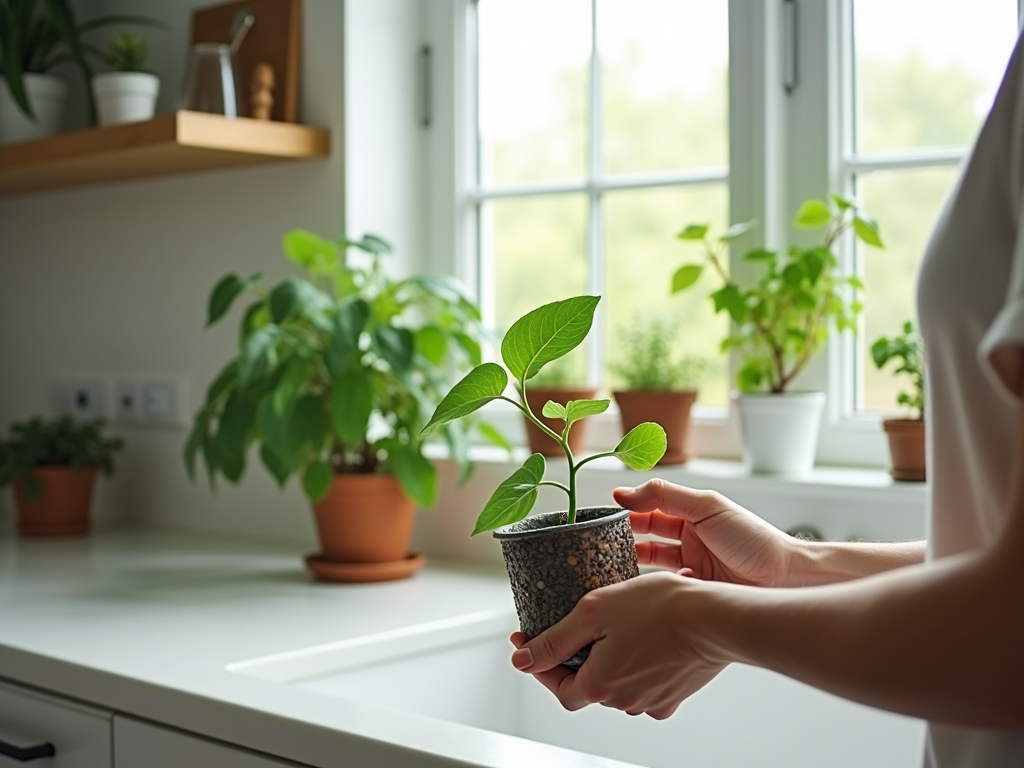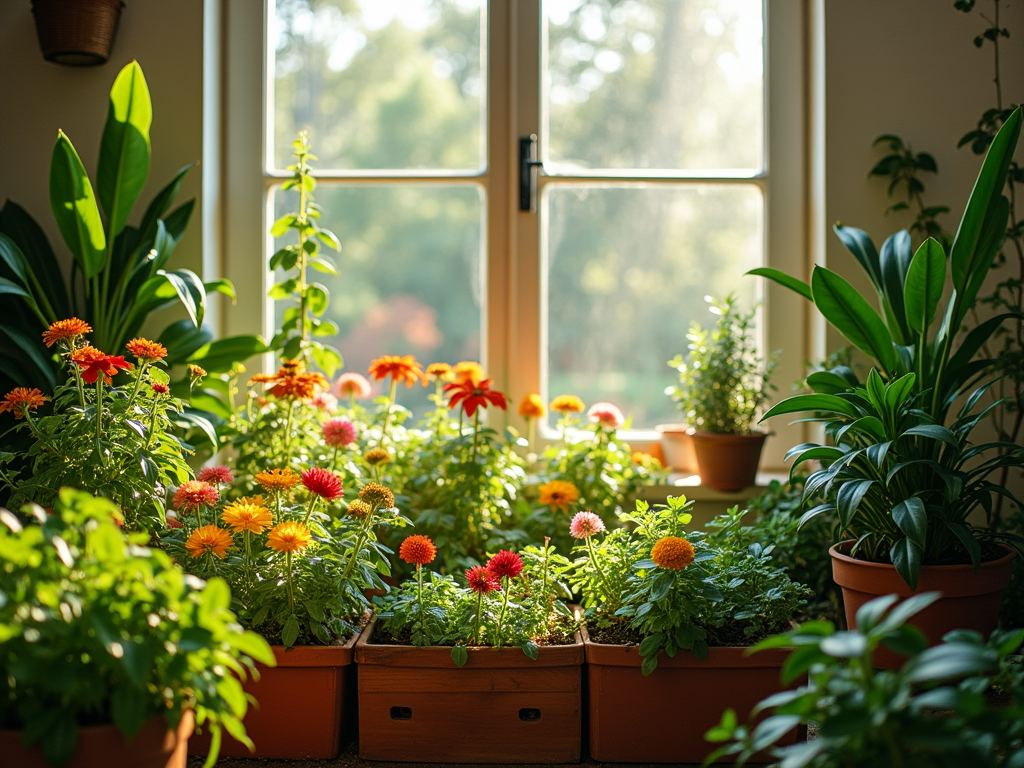Aphids can be a true menace to indoor houseplants, sucking the life out of leaves and causing distress to both plants and their caretakers. To effectively control these pesky insects, it’s crucial to recognize their presence early and take prompt action. This article will provide you with practical strategies to manage and eliminate aphids, ensuring your indoor plants thrive without the threat of infestation. By understanding the nature of these pests and employing targeted techniques, you will be well-equipped to protect your green companions.
Identifying Aphids on Your Plants

The first step in controlling aphids is recognizing their presence. These small insects are typically less than 1/4 inch long and come in various colors, including green, black, brown, and pink. They often cluster on the undersides of leaves or on new growth, where they feed on plant sap, leading to stunted growth and yellowing leaves. Here are some common signs of aphid activity:
- Sticky residue (honeydew) on leaves or surfaces below the plants
- Wilting or curling leaves
- A decrease in plant vigor and yellowing foliage
- Presence of ants, which are attracted to the honeydew produced by aphids
- Distorted or crumpled new growth
Natural Remedies for Aphid Control

For those looking to control aphids without chemicals, several natural remedies can be effective. These methods not only help to eliminate aphids but also promote a healthy indoor environment. Consider the following solutions:
- Water Spray: A strong jet of water can dislodge aphids from the plant. Ensure you cover all leaves, especially the undersides, where aphids tend to hide.
- Neem Oil: This natural insecticide disrupts aphid reproduction and feeding. Dilute neem oil according to package instructions and apply to affected plants.
- Insecticidal Soap: This solution targets soft-bodied insects. Spray directly on aphids and the surrounding area to kill them on contact.
- Garlic Spray: Blend garlic cloves with water, strain, and apply to plants. This creates a pungent barrier that deters aphids.
- Companion Planting: Introduce plants like marigolds or nasturtiums, which attract beneficial insects that prey on aphids.
If natural methods prove ineffective and your plants are heavily infested, you may need to consider chemical insecticides. Choose products specifically labeled for indoor use and against aphids. Always follow the manufacturer’s instructions for application and safety. Here are some tips for using chemical solutions:
- Apply treatments during the evening to minimize harm to beneficial insects.
- Avoid applying during extreme temperatures (hot or cold) to reduce plant stress.
- Always test a small area of the plant before widespread application to check for any adverse reactions.
- Wear protective gear such as gloves and masks during application.
- Repeat treatments as necessary, as aphid eggs can hatch after initial applications.
Preventing Future Infestations
Once you’ve successfully controlled aphids, it’s vital to implement preventive measures to keep them at bay. A few proactive steps can go a long way in ensuring the health of your indoor plants:
- Regular Inspections: Check your plants weekly for signs of aphids or other pests.
- Maintaining Plant Health: Healthy plants are less susceptible to infestations. Ensure your plants receive adequate light, water, and nutrients.
- Avoid Overcrowding: Give your plants enough space to breathe and thrive, as too much crowding can increase pest susceptibility.
- Quarantine New Plants: Keep newly acquired plants separate for a few weeks to check for pests before introducing them to your collection.
- Attract Beneficial Insects: Encourage natural predators such as ladybugs and lacewings in your indoor space.
Conclusion
Controlling aphids on indoor house plants is essential for maintaining their health and vitality. By identifying the pests early, employing natural or chemical remedies, and implementing preventive strategies, you can effectively safeguard your cherished plants from aphid infestations. With a little diligence and care, your indoor garden will continue to flourish, free from these unwanted guests.
Frequently Asked Questions
1. How can I tell if my indoor plants have aphids?
Look for small, cluster-forming insects on the leaves, particularly on the undersides. Signs of damage include yellowing leaves, wilting, and sticky residues known as honeydew.
2. Are aphids harmful to humans or pets?
Aphids are not harmful to humans or pets. They primarily affect plants by feeding on their sap, which can lead to plant decline if not controlled.
3. Can I use dish soap to control aphids?
Yes, a mild solution of dish soap and water can effectively suffocate aphids. Ensure that the soap is free of additives and test on a small area of the plant first.
4. How often should I check my indoor plants for pests?
It’s a good idea to inspect your indoor plants weekly for signs of pests, including aphids, to catch any infestations early.
5. Should I keep my plants outside to avoid aphid infestations?
While outdoor conditions can attract pests, keeping houseplants outside may expose them to other threats. Instead, focus on creating a balanced indoor environment with regular inspections and preventive care.